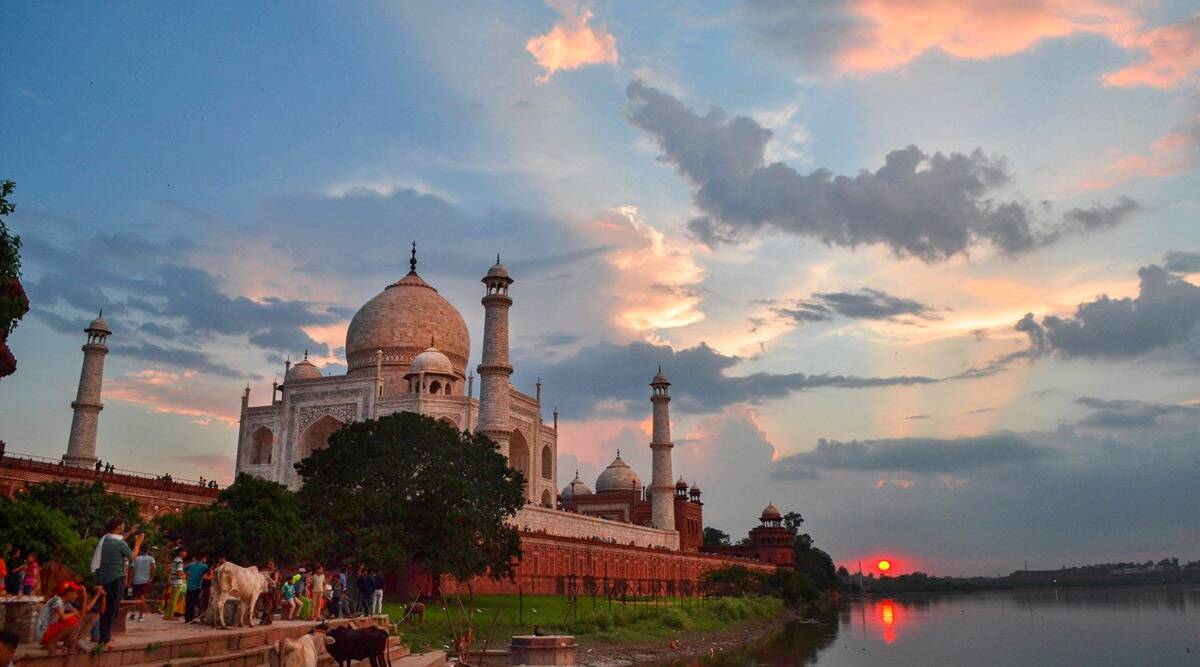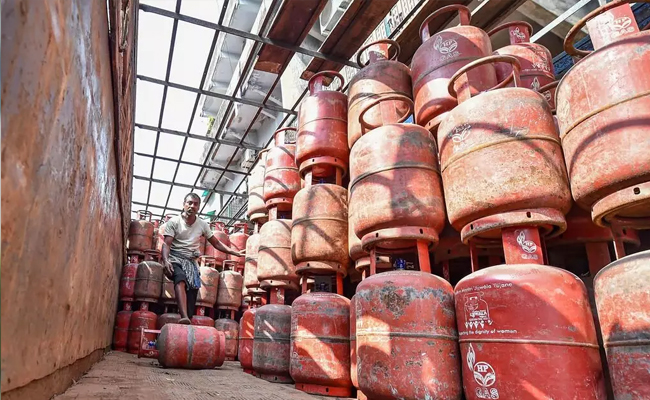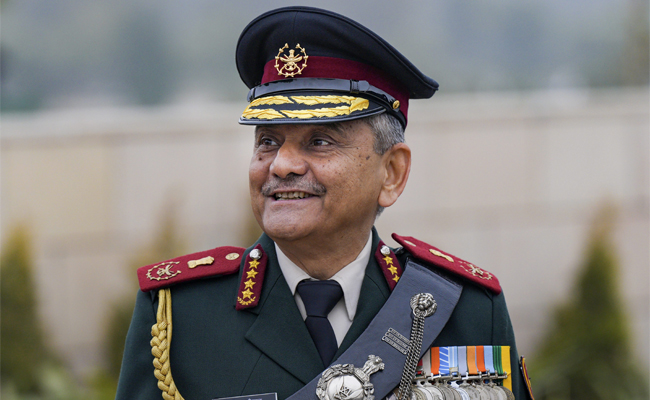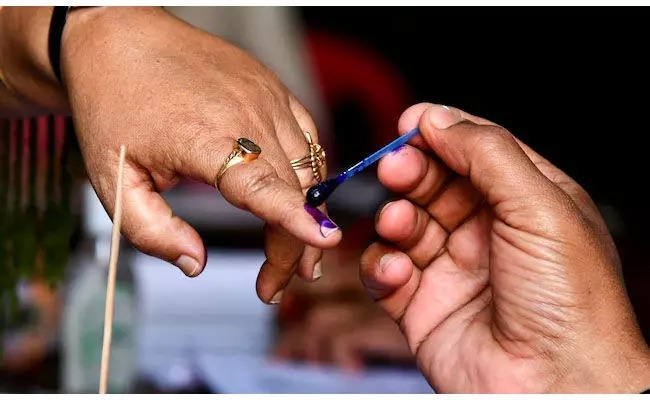Jaipur, May 11: The land on which the Taj Mahal was built originally belonged to Jaipur's ruler Jai Singh and it was acquired by Mughal emperor Shah Jahan, BJP MP Diya Kumari claimed on Wednesday, asserting that records are available with the erstwhile Jaipur royal family.
She also supported a petition in the Allahabad High Court, seeking a fact-finding inquiry into the "history" of the Taj Mahal and also opening of the doors of its "22 rooms" to see "the truth, whatever it is".
It should be investigated what was there before the monument was built and people have the right to know. There are records available with the Jaipur family and it would provide these, if required, Kumari, a member of the erstwhile Jaipur royal family, said
Compensation was given in lieu of the land but how much was it, whether it was accepted or not, I cannot say this because I have not studied the records which are there in our 'pothikhana'. But the land belonged to our family and Shah Jahan had acquired it, she told reporters here.
Since there was no judiciary, no appeal could have been made at that time. Things will be clear only after examining the records, the BJP leader said.
Referring to the petition, she said that it was a valid point that the rooms should be opened and an investigation should be done.
People should know why the rooms are locked there. There could have been anything before the Taj Mahal, may be a temple. People have the right to know what was there originally before the 'maqbara', Kumari said.
She said that she has not studied the records and can reach a conclusion only after examining them.
What I am saying is on behalf of what I have learnt and heard. I have not studied the records. We can provide the records to the court if necessary. Only after examining the records, we can reach a conclusion, Kumari said.
The writ petition was filed on Saturday in the registry of the Lucknow bench of the high court by Rajneesh Singh, who is the media in-charge of the BJP's Ayodhya unit.
The petition would come up before the court for a hearing after it is passed by the registry.
In the petition, I have demanded that the 22 doors of rooms of the monument which are closed should be opened to see the truth, whatever it is, Singh told PTI on Sunday.
Let the Truth be known. If you read VB and like VB, please be a VB Supporter and Help us deliver the Truth to one and all.
Thane (PTI): Authorities have seized illegally stored 1,839 gas cylinders and seven vehicles worth over Rs 67 lakh in the Dombivli MIDC area of Thane district, officials said on Saturday.
A special vigilance team of the Mumbai Rationing Department detected an illegal storage of domestic and commercial LPG cylinders in Phase-2 of Dombivli (East).
Cylinders belonging to multiple gas agencies were found stockpiled in closed vehicles, unauthorised warehouses, and open sheds without mandatory permissions from the Explosives Department, Fire Department, or oil companies, according to an official release.





